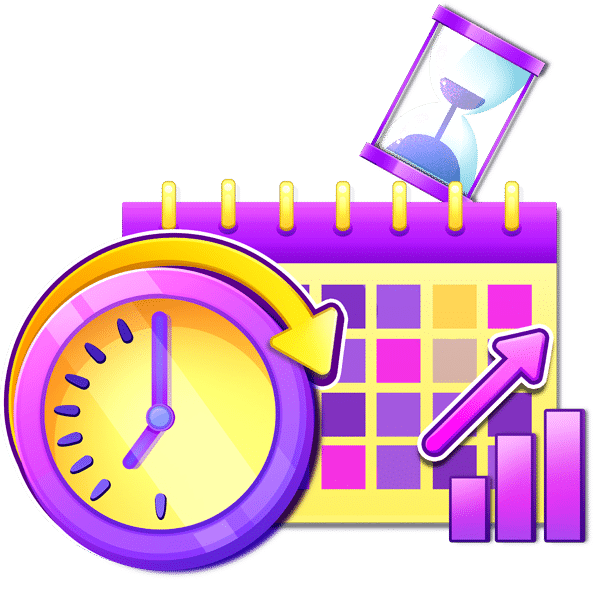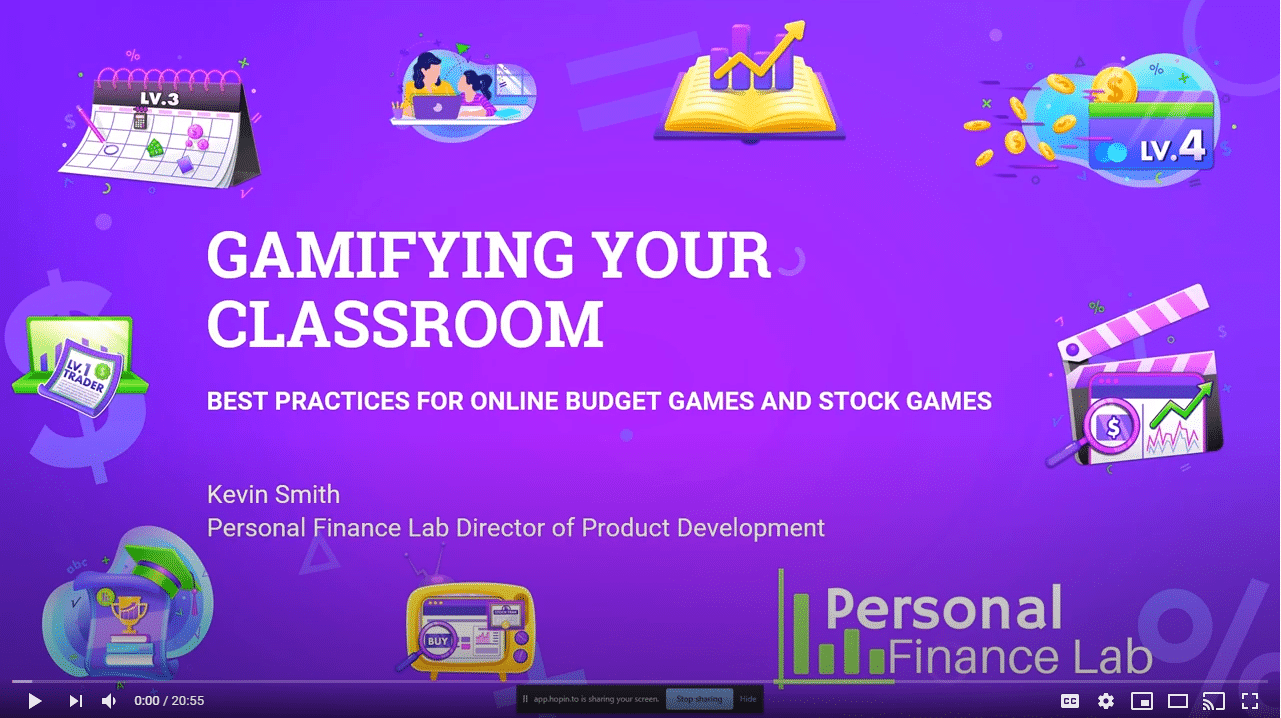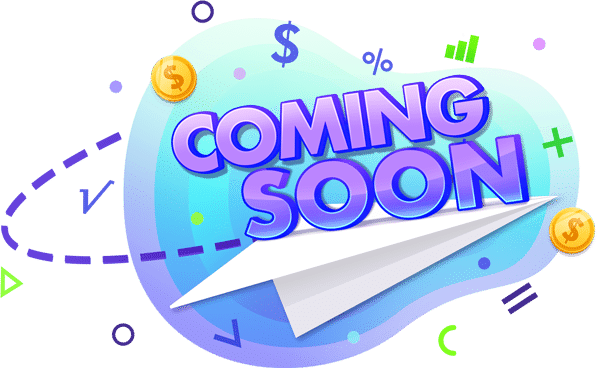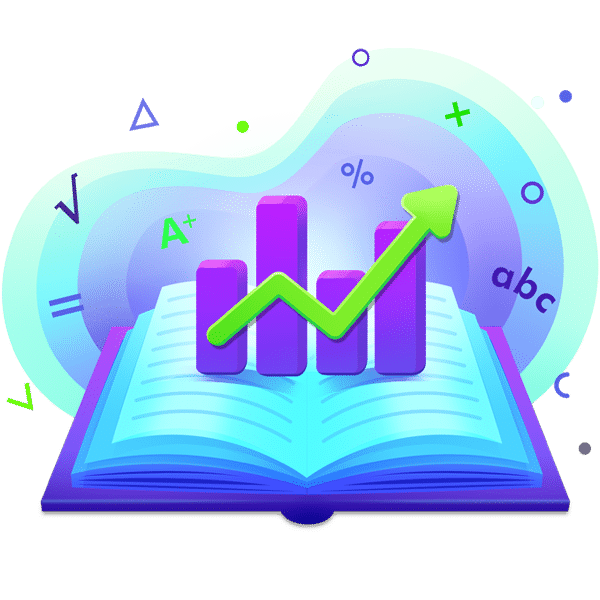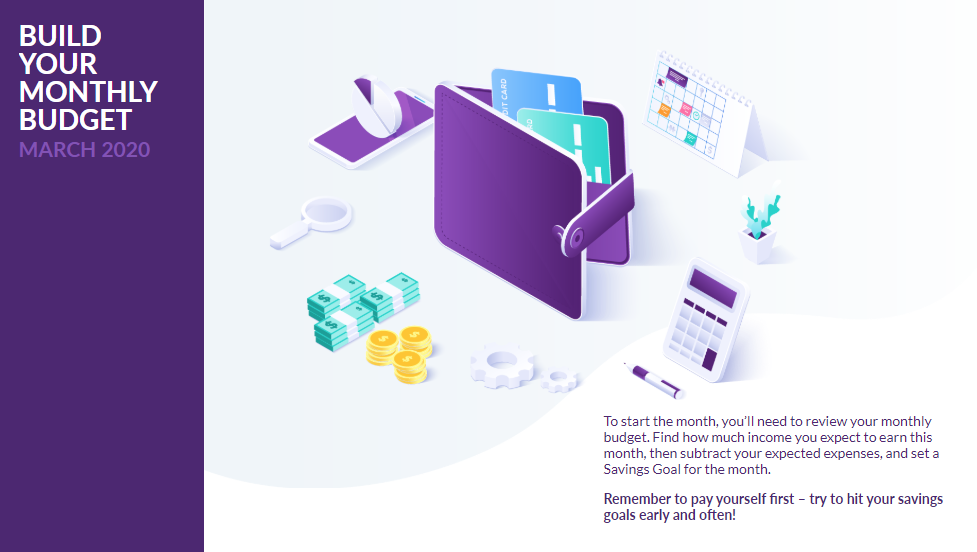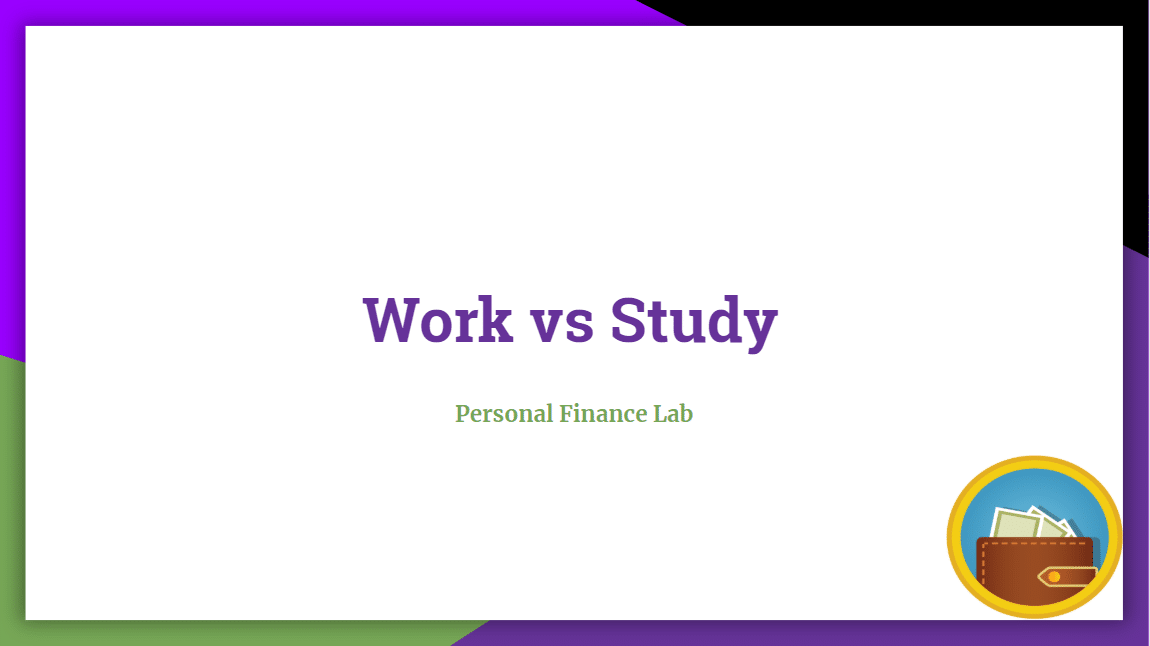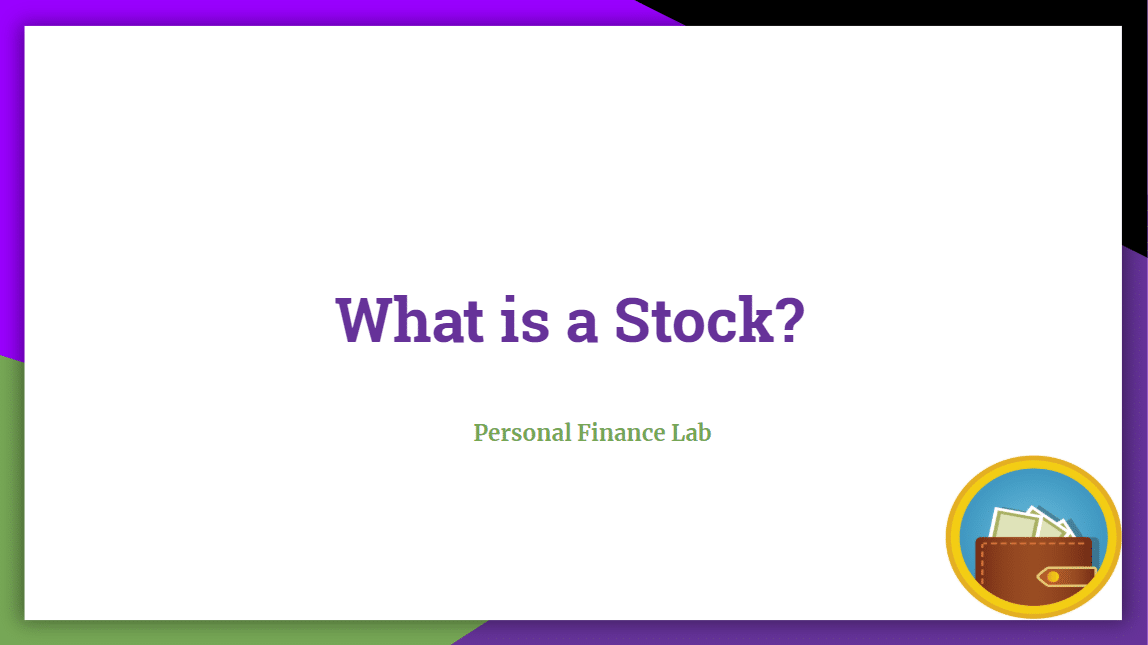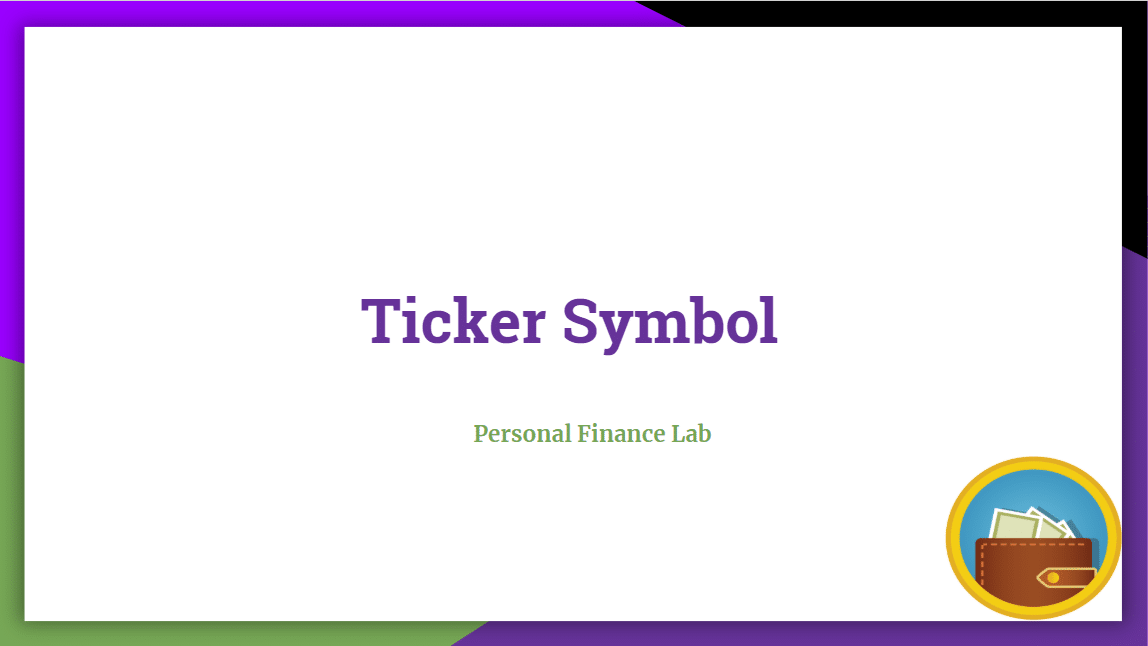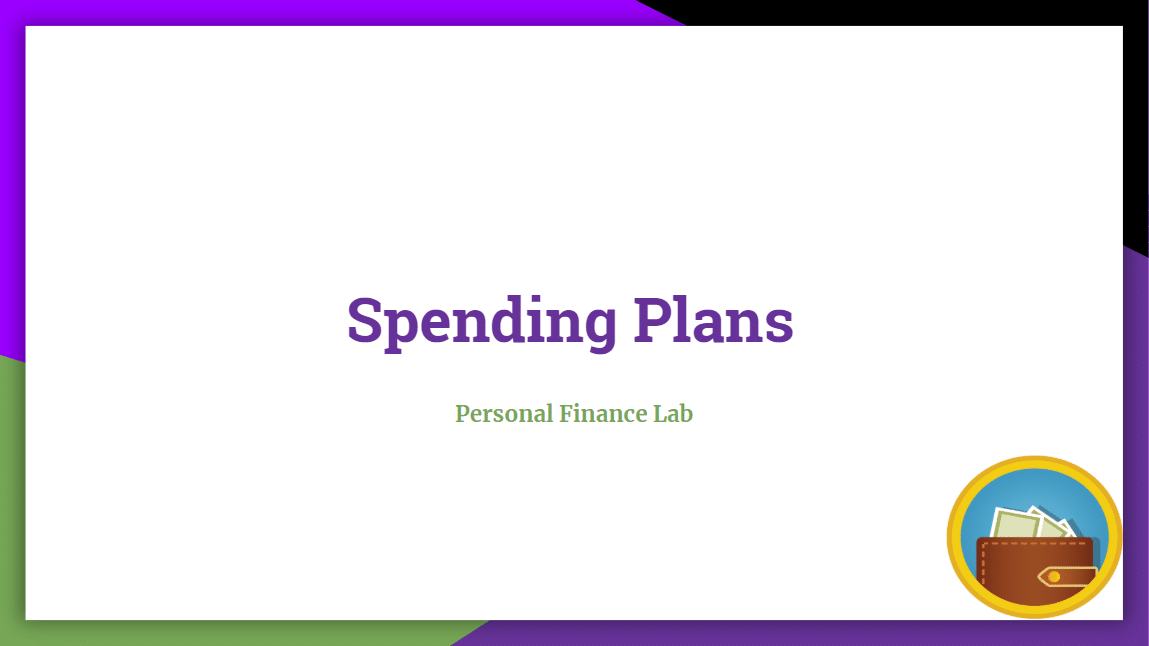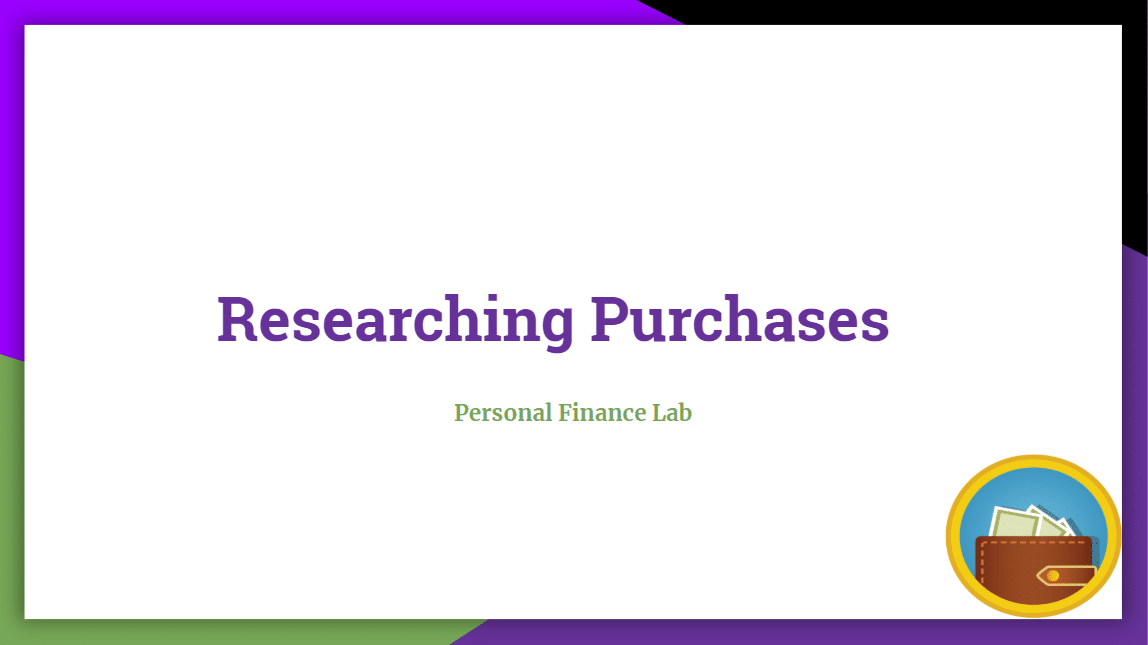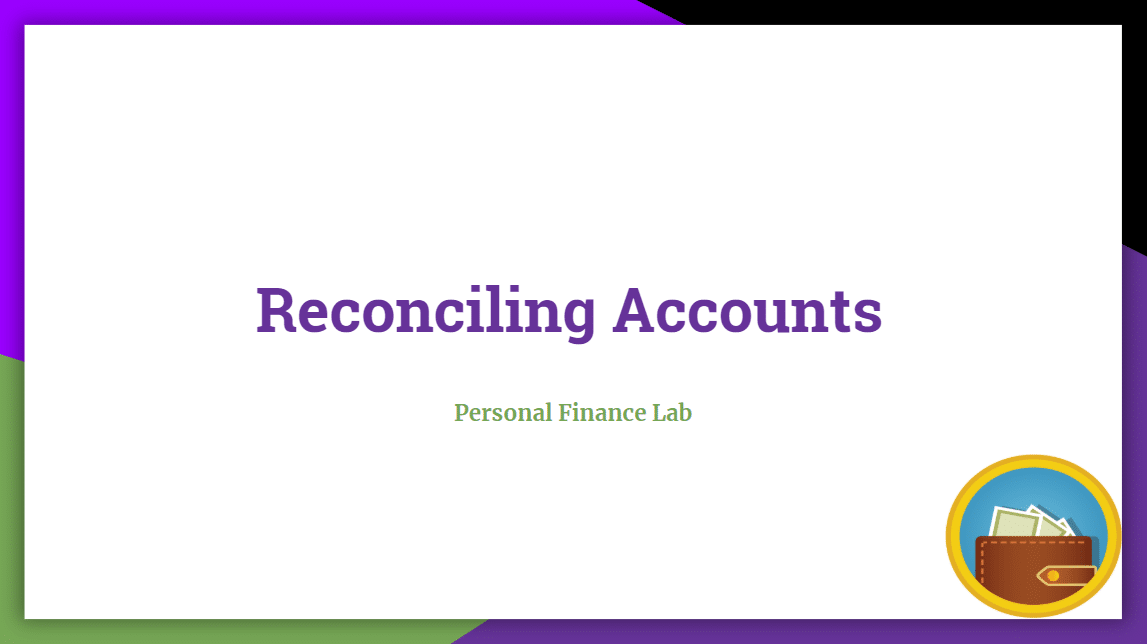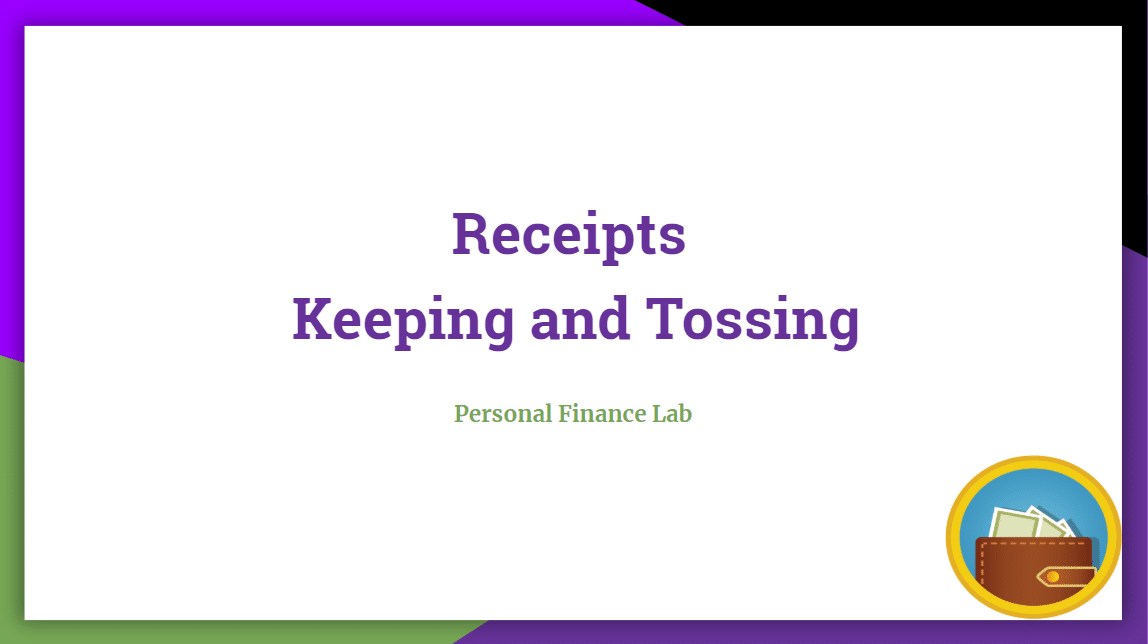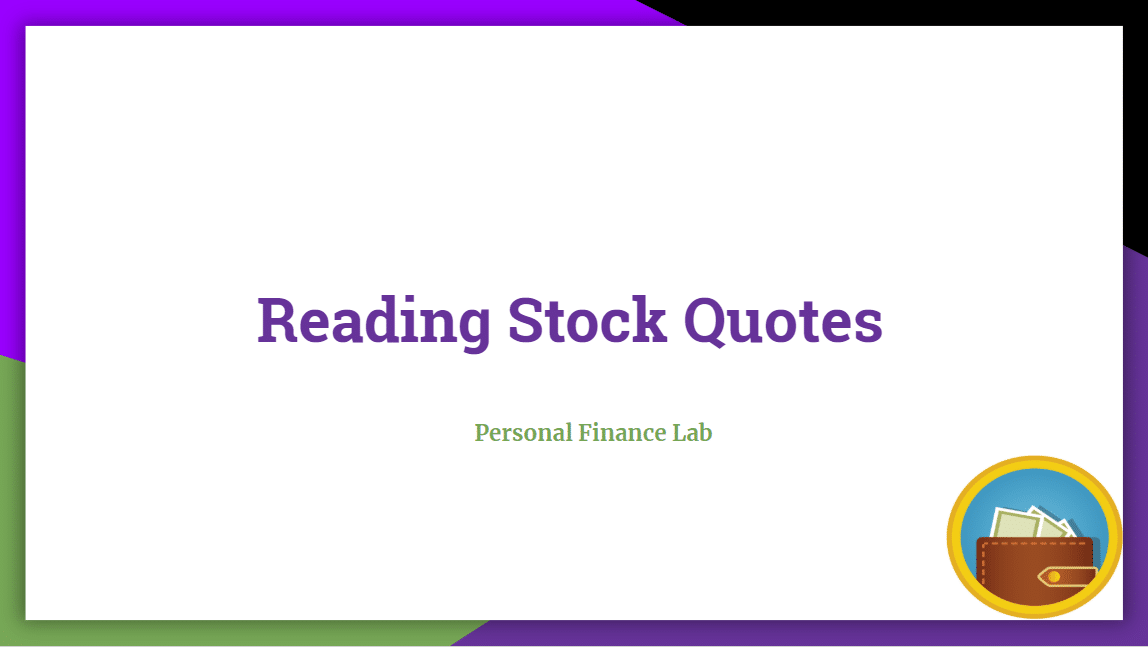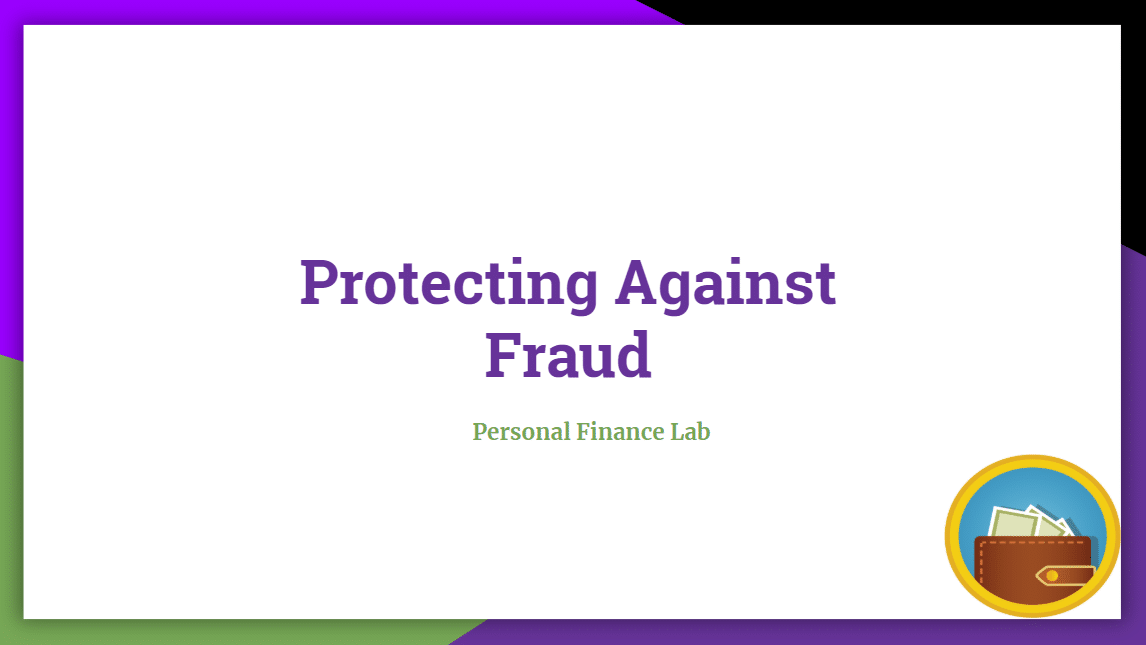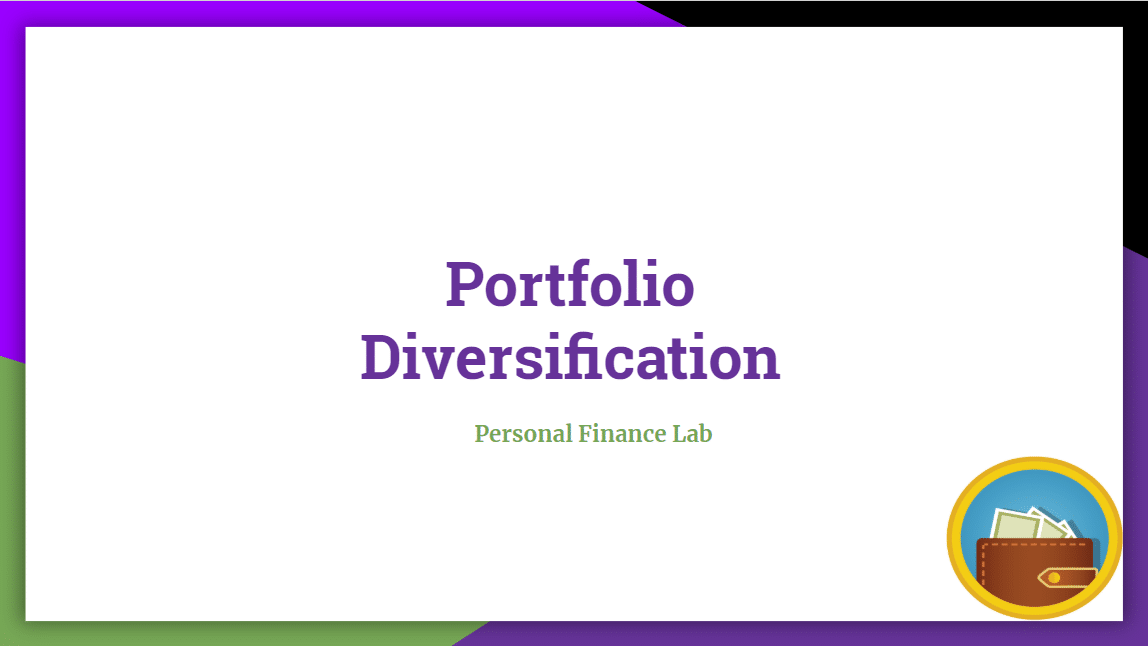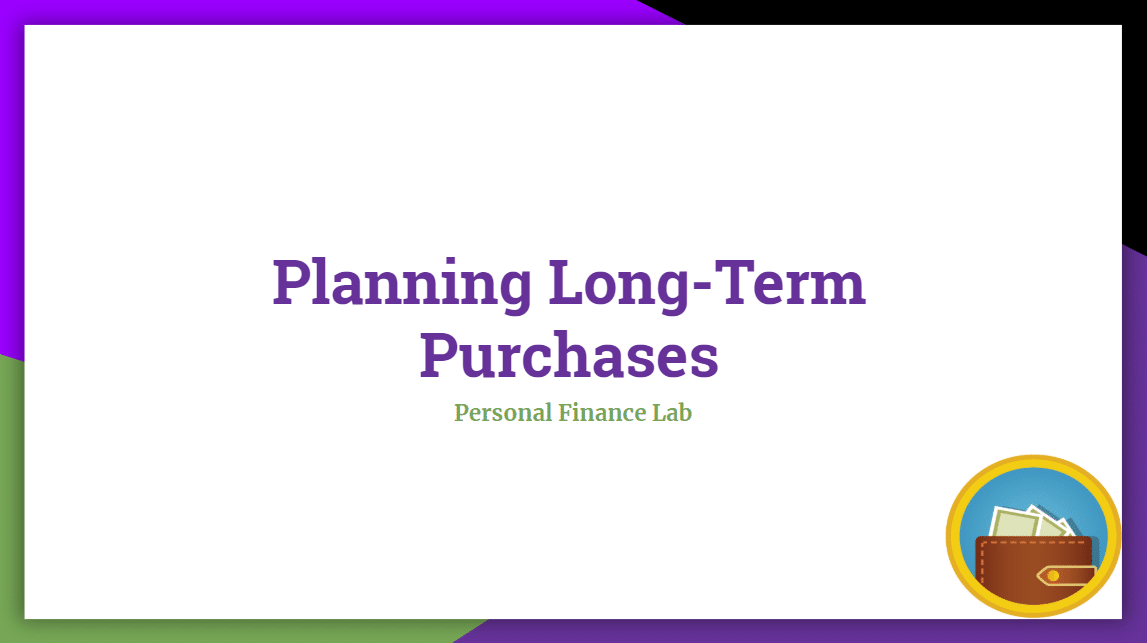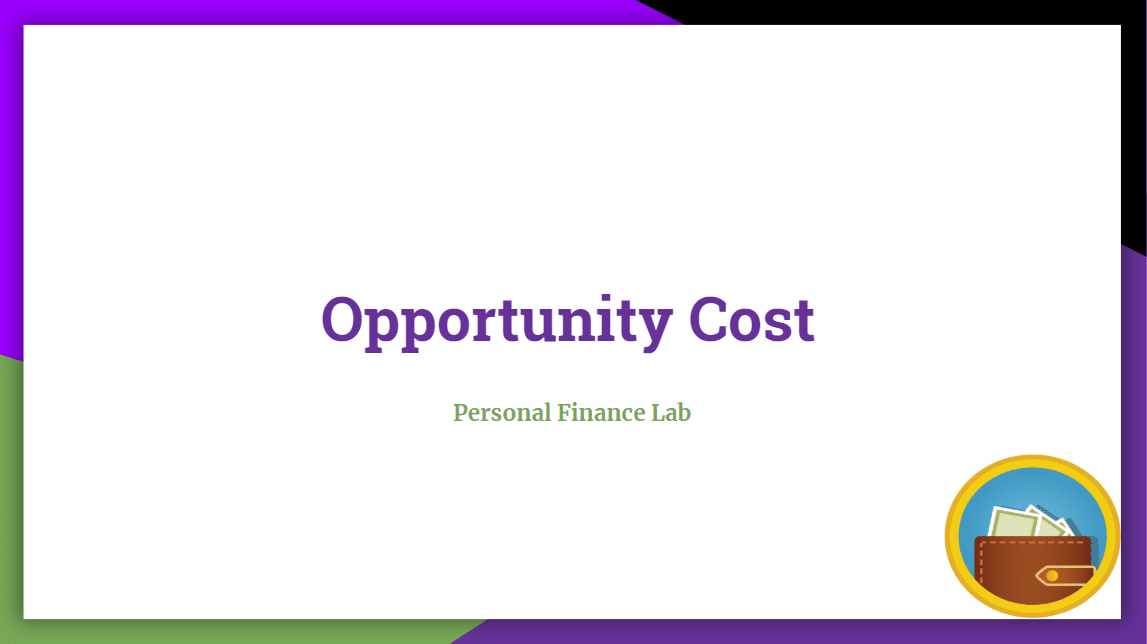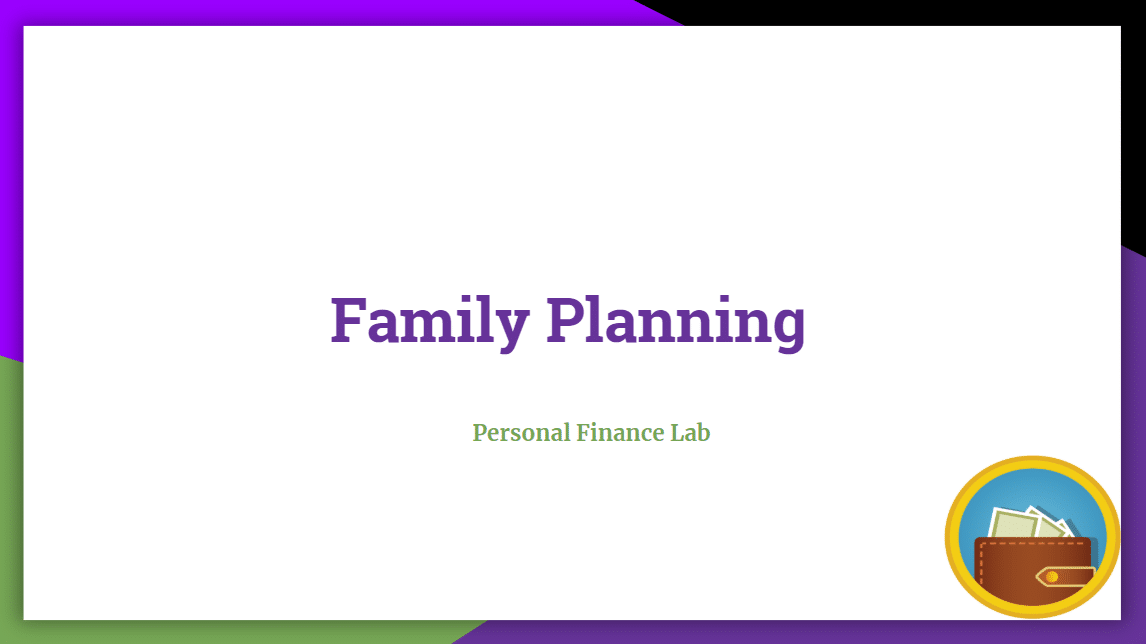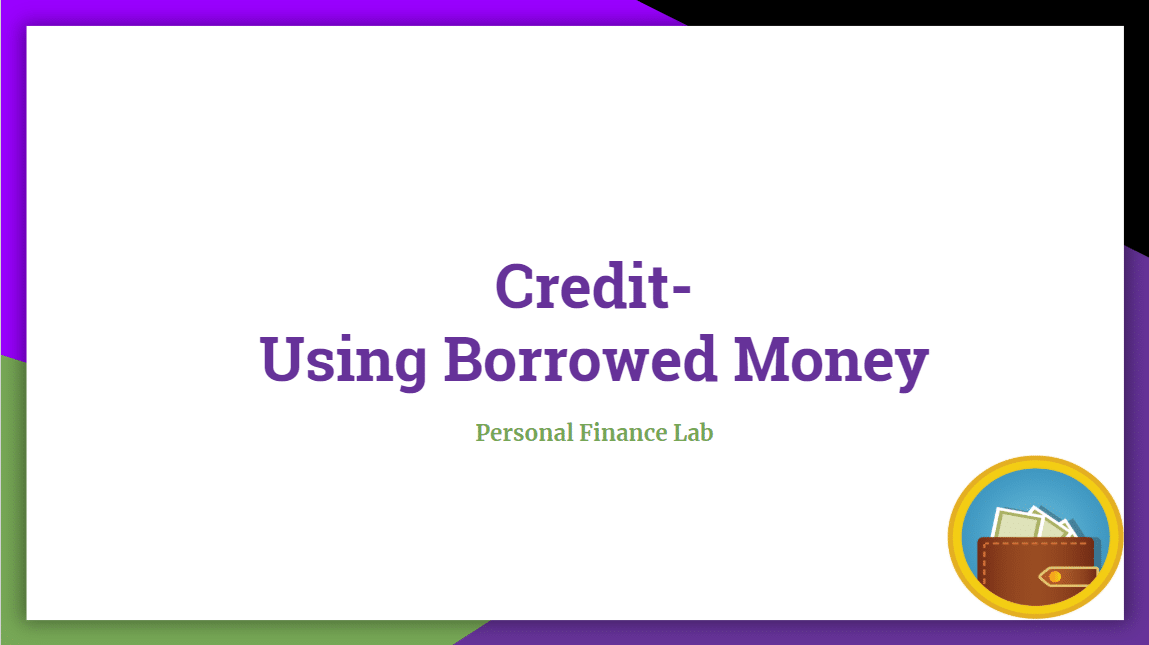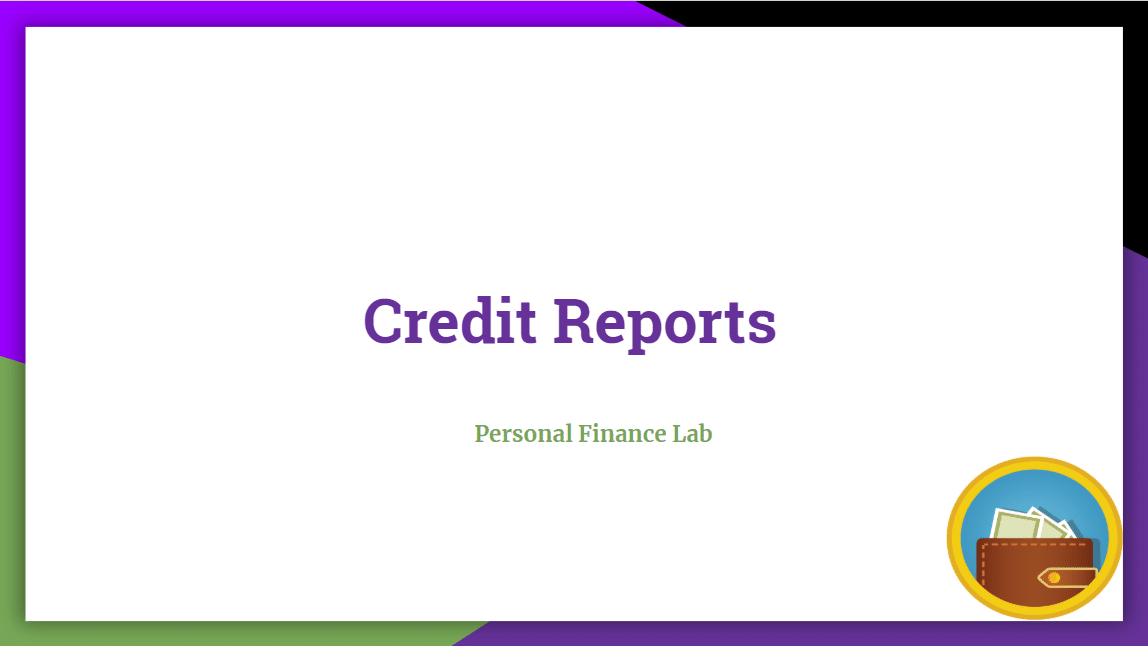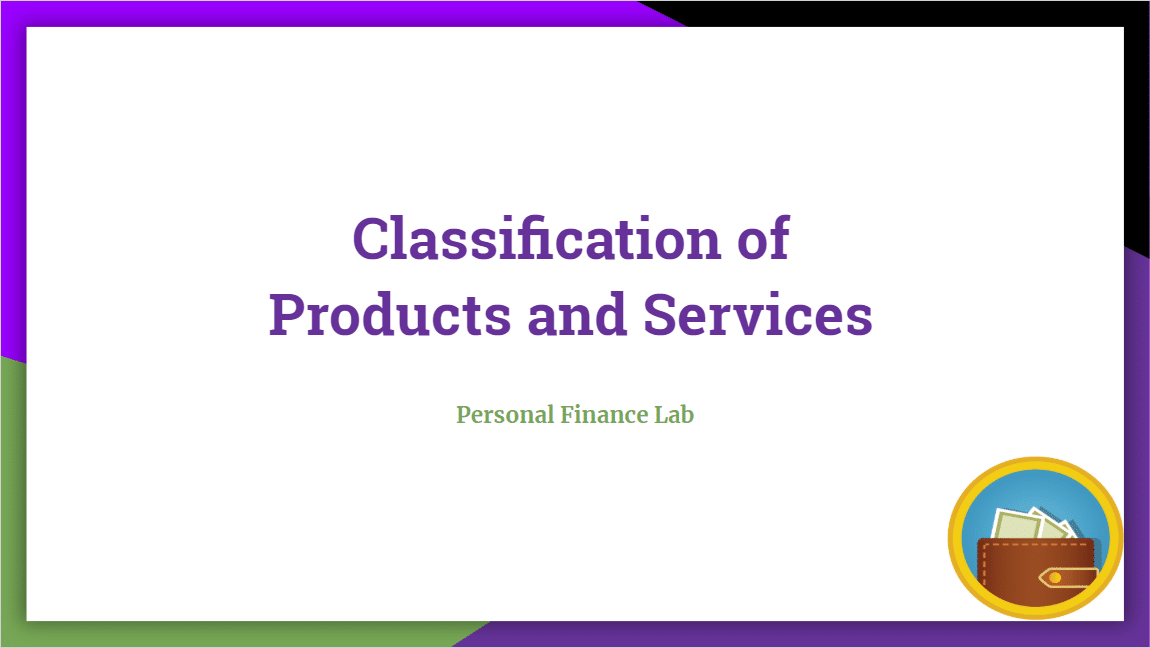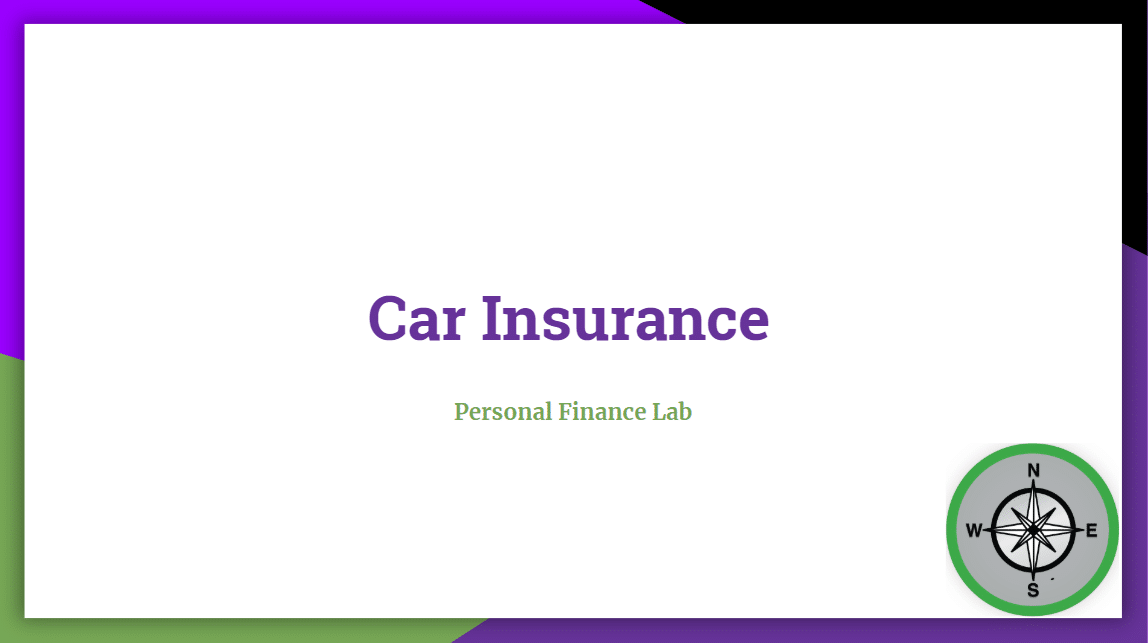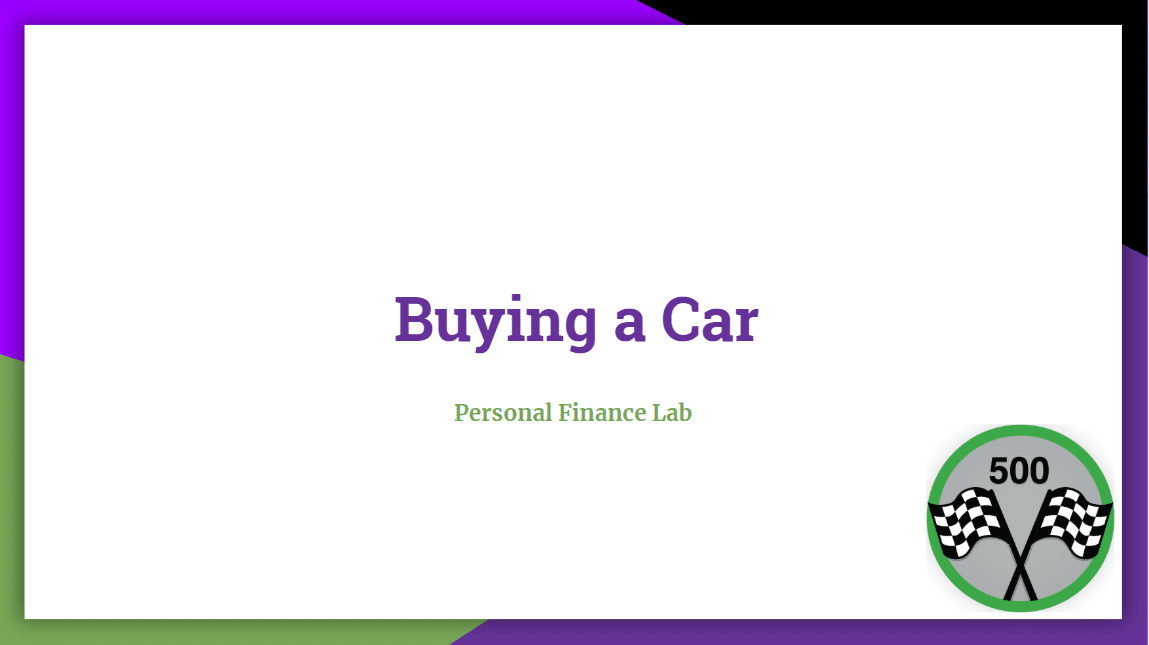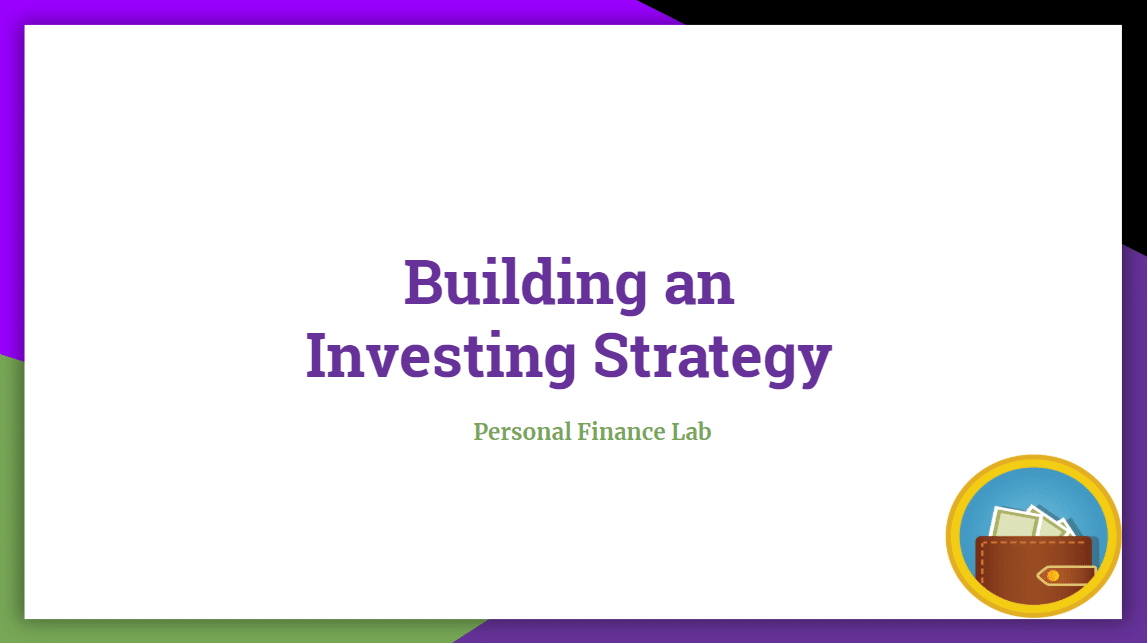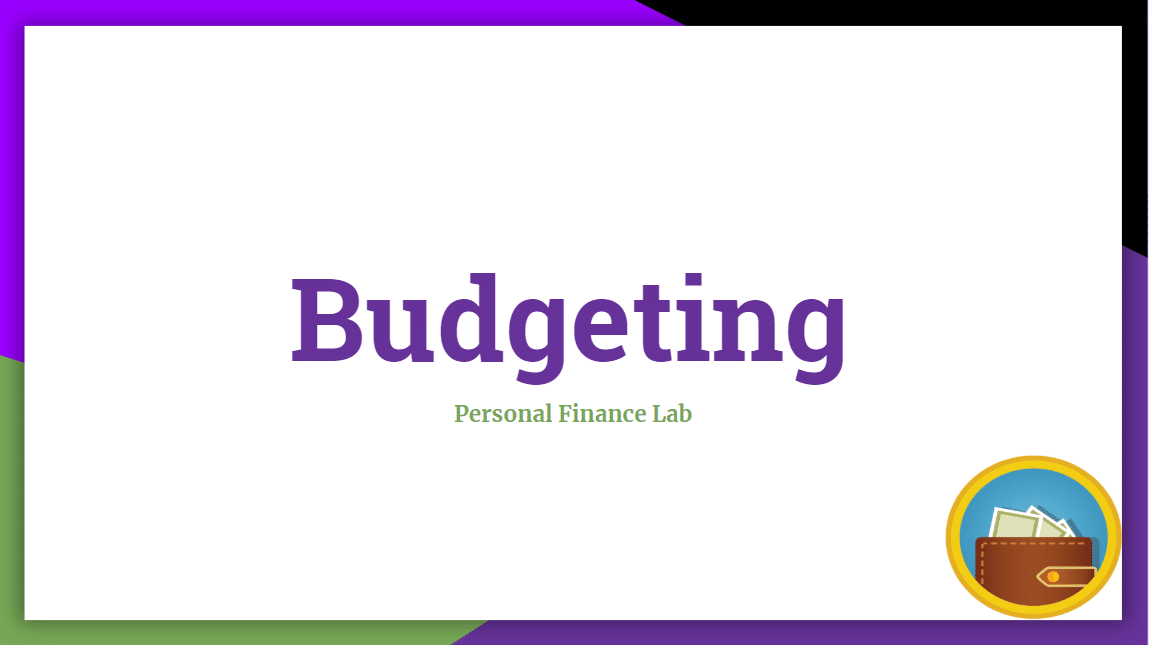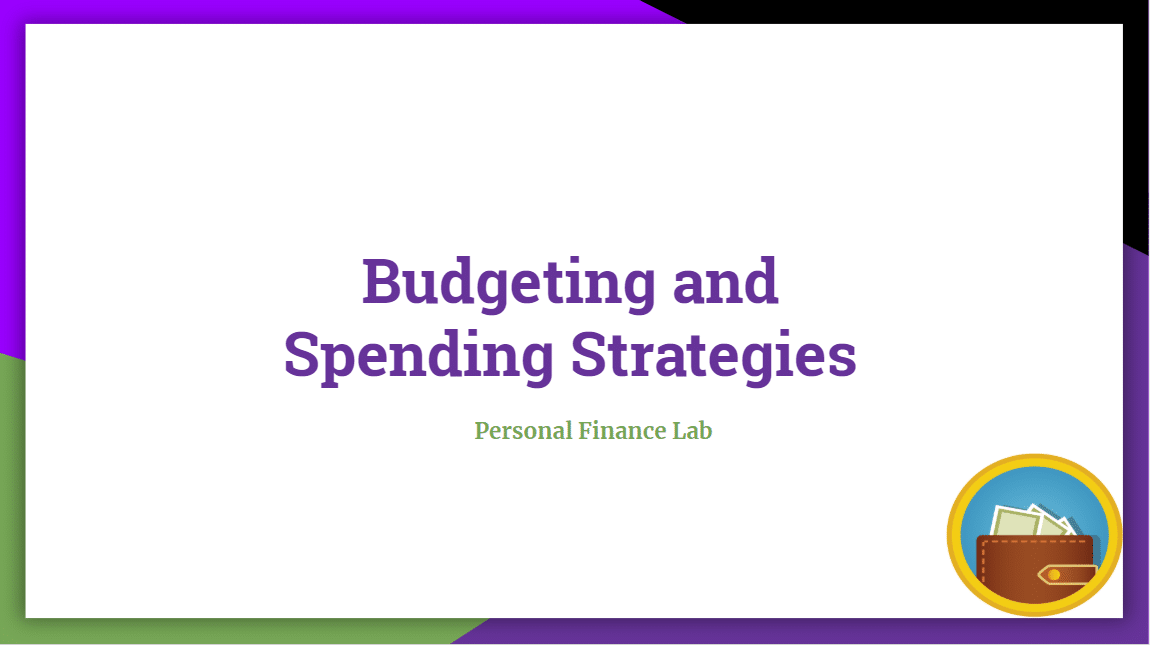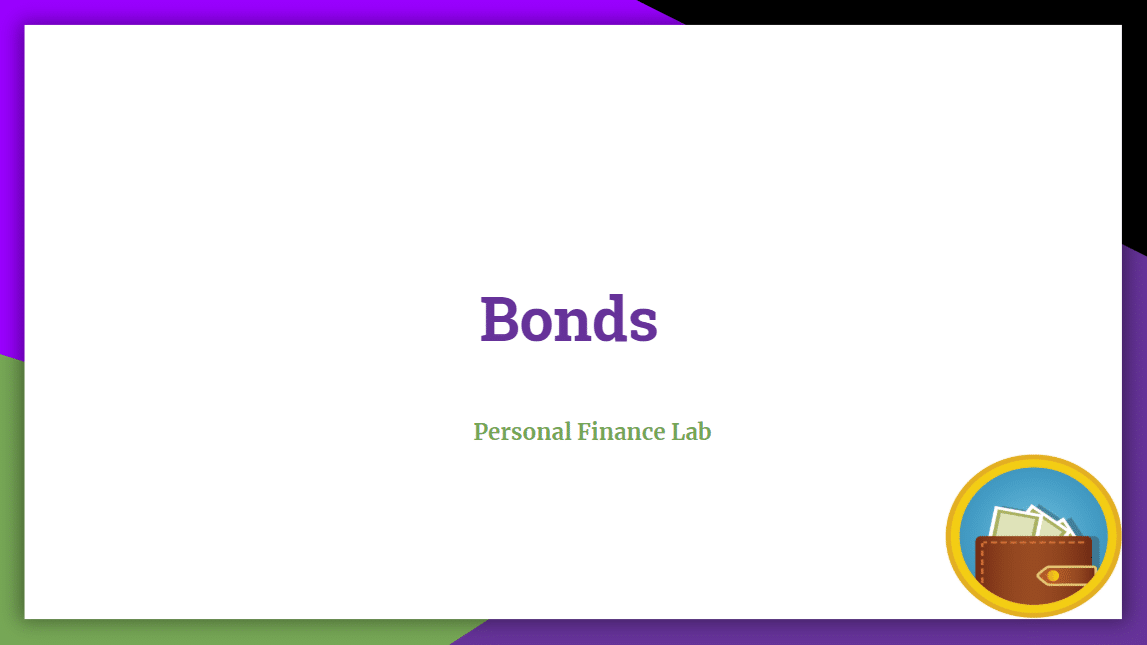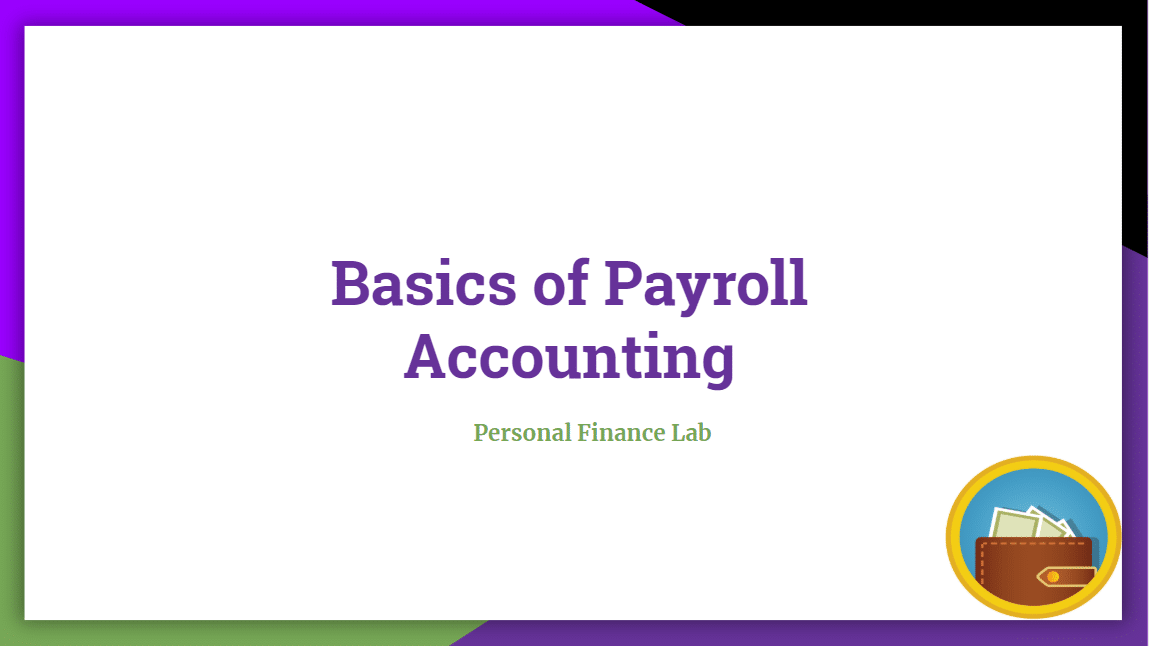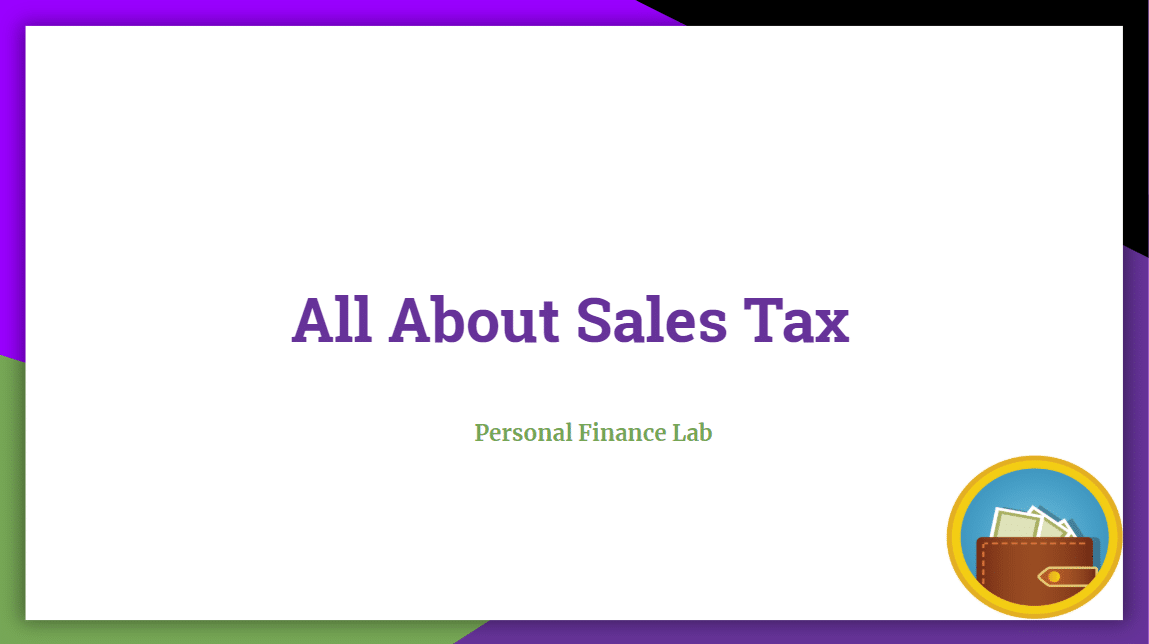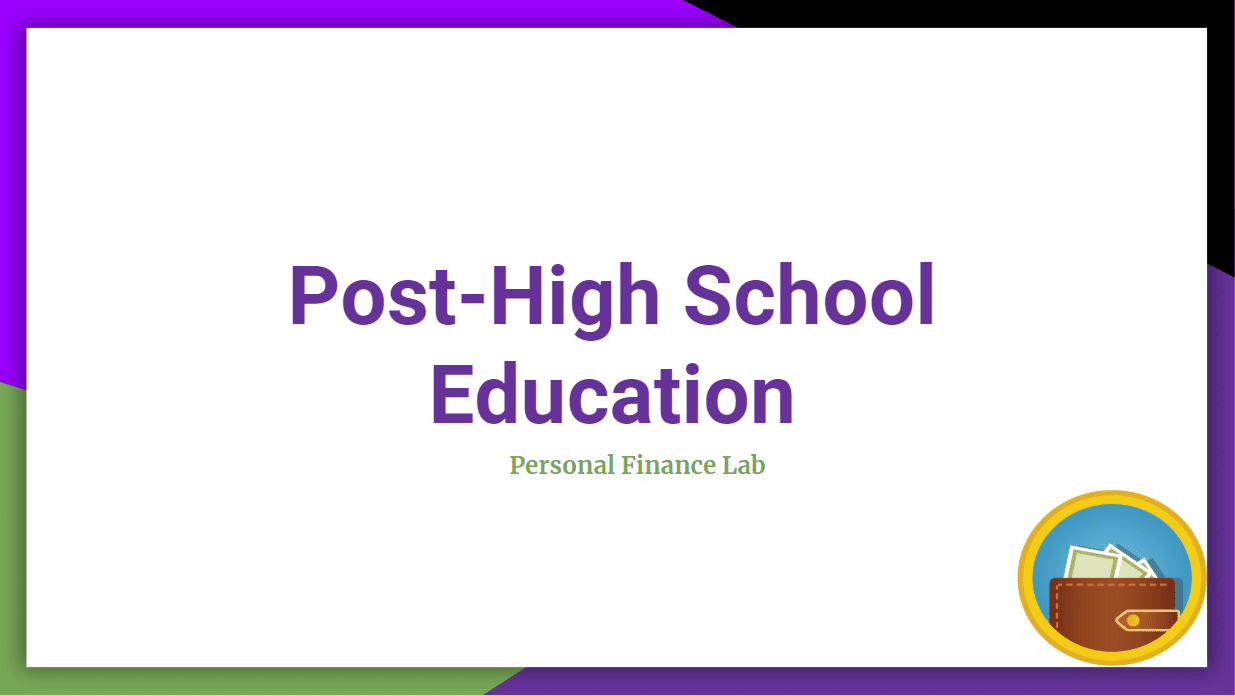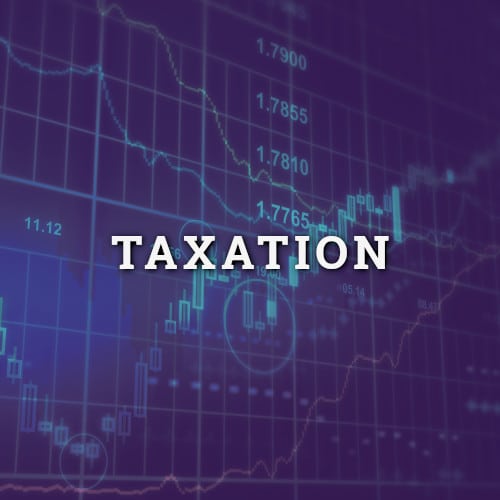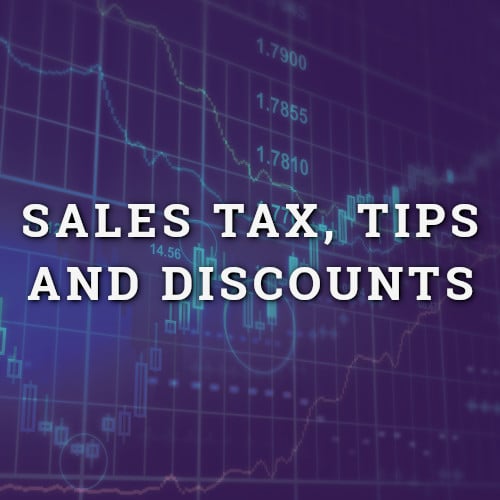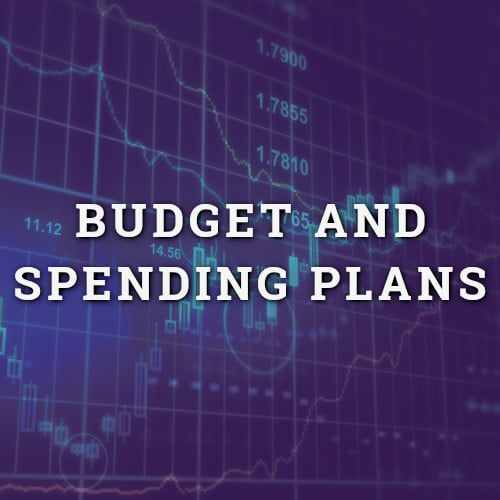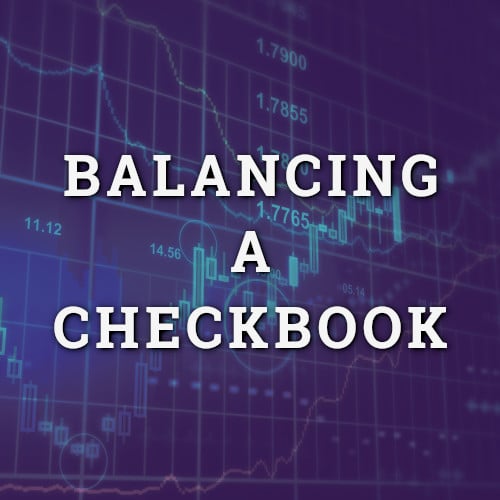If you have used a stock game in your class before, you know the drill – you choose your class’s custom rules and starting cash (usually around $100,000), your students sign in, and they use that cash to build their portfolio that they manage over the course of a semester. This might make sense to Read More…
PersonalFinaceLab’s curriculum library is packed full of automatically-graded quizzes and assessments at the end of every lesson. However, to give students an additional push, you may also want to assign students open-ended questions for short written assignments, or launching points for class discussion. Most of our Personal Finance lessons end with 4-6 “Challenge Questions” – Read More…
Our latest teacher webinar walks through some of the basics of gamification – and the keys to best leverage these new levels of engagement to supercharge your blended and remote classrooms this Fall! If you are using a blended or fully-remote classroom, quality online resources are more important than ever! Our new Badges and Achievement Read More…
With the next major update to the PersonalFinanceLab Budget Game, your students can graduate from school and start their Full Time Jobs! How It Works If you have used the Budget Game before, your class would have taken on the role of college students with a part-time job. They would be working variable hours each Read More…
This Summer, PersonalFinanceLab has partnered with BountyBlok to power our awesome new Badges and Achievement system to bring classroom engagement to a whole new level! Personal Finance should never be boring for students – by working with BountyBlok, our Assignments engine is supercharged with new ways to track student activity and provide them with real-time Read More…
Our first major enhancement of the summer is almost here! The next release of Personal Finance Lab focuses on our Assignments – our awesome system used to manage curriculum and track your students’ progress through our Stock Game and Budget Game. There’s three game-changing new features you can expect for your next classes: Rewards, Prerequisites, Read More…
If you find yourself teaching a class remotely for the first time this Spring, never fear! PersonalFinanceLab.com has everything you need for a knock-out distance learning class, all in one place. Our engaging simulations, interactive games, built-in assessments, multi-media curriculum, customizable lesson plans, and teacher presentation and video library has everything you need to turn Read More…
Just in time for March, the Personal Finance Lab team is excited to announce a massive new update for our budgeting game! Our latest update includes some huge enhancements for your class, including: An overhaul to the Quality of Life scores, making the point scoring system much easier to understand. A new Overall Game Score, Read More…
Once you get started on progressing through your first month, you’ll notice that you have two different ways to pay for almost every expense – your Debit Card or Credit Card. Understanding the two, and how to use them, will be essential to effectively managing your budget. Your Debit Card Making a purchase with your Read More…
Very few students will ever care to know how to graph a parabola, but everyone will need to know how to do their taxes. Don’t require trigonometry but require basic tax preparation. Lindsey, 41, mixed race mother of five in Oregon suburb Personal Finance Lab’s parent organization turns 30 this year, and we have been Read More…
This presentation accompanies our lesson on Working vs Studying after high school, which is available as a class Assignment with a built-in assessment. Click Here to view the main lesson! Copy this presentation to Google Slides Download this presentation as a PowerPoint
This presentation accompanies our lesson on Stocks, which is available as a class Assignment with a built-in assessment. Click Here to view the main lesson! Copy this presentation to Google Slides Download this presentation as a PowerPoint
This presentation accompanies our lesson on Ticker Symbols, which is available as a class Assignment with a built-in assessment. Click Here to view the main lesson! Copy this presentation to Google Slides Download this presentation as a PowerPoint
This presentation accompanies our lesson on Spending Plans, which is available as a class Assignment with a built-in assessment. Click Here to view the main lesson! Copy this presentation to Google Slides Download this presentation as a PowerPoint
This presentation accompanies our lesson on Researching Purchases, which is available as a class Assignment with a built-in assessment. Click Here to view the main lesson! Copy this presentation to Google Slides Download this presentation as a PowerPoint
This presentation accompanies our lesson on Reconciling Accounts, which is available as a class Assignment with a built-in assessment. Click Here to view the main lesson! Copy this presentation to Google Slides Download this presentation as a PowerPoint
This presentation accompanies our lesson on Building an Investing Strategy, which is available as a class Assignment with a built-in assessment. Click Here to view the main lesson! Copy this presentation to Google Slides Download this presentation as a PowerPoint
This presentation accompanies our lesson on Reading Stock Quotes, which is available as a class Assignment with a built-in assessment. Click Here to view the main lesson! Copy this presentation to Google Slides Download this presentation as a PowerPoint
This presentation accompanies our lesson on Protecting Against Fraud, which is available as a class Assignment with a built-in assessment. Click Here to view the main lesson! Copy this presentation to Google Slides Download this presentation as a PowerPoint
This presentation accompanies our lesson on Portfolio Diversification, which is available as a class Assignment with a built-in assessment. Click Here to view the main lesson! Copy this presentation to Google Slides Download this presentation as a PowerPoint
This presentation accompanies our lesson on Planning Long-Term Purchases, which is available as a class Assignment with a built-in assessment. Click Here to view the main lesson! Copy this presentation to Google Slides Download this presentation as a PowerPoint
This presentation accompanies our lesson on Opportunity Cost, which is available as a class Assignment with a built-in assessment. Click Here to view the main lesson! Copy this presentation to Google Slides Download this presentation as a PowerPoint
This presentation accompanies our lesson on filing income taxes, which is available as a class Assignment with a built-in assessment. Click Here to view the main lesson! Copy this presentation to Google Slides Download this presentation as a PowerPoint
This presentation accompanies our lesson on Getting Trading Ideas, which is available as a class Assignment with a built-in assessment. Click Here to view the main lesson! Copy this presentation to Google Slides Download this presentation as a PowerPoint
This presentation accompanies our lesson on Family Planning, which is available as a class Assignment with a built-in assessment. Click Here to view the main lesson! Copy this presentation to Google Slides Download this presentation as a PowerPoint
This presentation accompanies our lesson on Using Credit, which is available as a class Assignment with a built-in assessment. Click Here to view the main lesson! Copy this presentation to Google Slides Download this presentation as a PowerPoint
This presentation accompanies our lesson on Credit Reports, which is available as a class Assignment with a built-in assessment. Click Here to view the main lesson! Copy this presentation to Google Slides Download this presentation as a PowerPoint
This presentation accompanies our lesson on Credit Cards, which is available as a class Assignment with a built-in assessment. Click Here to view the main lesson! Copy this presentation to Google Slides Download this presentation as a PowerPoint
This presentation accompanies our lesson on Classifying Products and Services, which is available as a class Assignment with a built-in assessment. Click Here to view the main lesson! Copy this presentation to Google Slides Download this presentation as a PowerPoint
This presentation accompanies our lesson on Car Insurance, which is available as a class Assignment with a built-in assessment. Click Here to view the main lesson! Copy this presentation to Google Slides Download this presentation as a PowerPoint
This presentation accompanies our lesson on buying a car, which is available as a class Assignment with a built-in assessment. Click Here to view the main lesson! Copy this presentation to Google Slides Download this presentation as a PowerPoint
This presentation accompanies our lesson on Building an Investing Strategy, which is available as a class Assignment with a built-in assessment. Click Here to view the main lesson! Copy this presentation to Google Slides Download this presentation as a PowerPoint
This presentation accompanies our lesson on Budgeting, which is available as a class Assignment with a built-in assessment. Click Here to view the main lesson! Copy this presentation to Google Slides Download this presentation as a PowerPoint
This presentation accompanies our lesson on Budgeting and Spending Strategies, which is available as a class Assignment with a built-in assessment. Click Here to view the main lesson! Click Here to copy this presentation to Google Slides Click Here to download this presentation as a PowerPoint
This presentation accompanies our lesson on Bonds, which is also available to include in your class assignments with an assessment. Click here to view the main lesson! Copy this presentation to Google Slides Download this presentation as a PowerPoint
This presentation accompanies our lesson on Payroll Accounting, which is also available to be included in your class Assignment with an assessment. Click Here to view! Copy this presentation in Google Slides Download this presentation as a PowerPoint
This presentation accompanies our lesson about Sales Tax, which is available as an “Assignment”. Copy this presentation in Google Drive Download this presentation as a PowerPoint
This presentation accompanies the Personal Finance Lab Career Center, with a brief discussion of some of the many options students have to choose from after completing high school. Click Here To Copy This Presentation in Google Drive Click Here to download this presentation as a PowerPoint
In this lesson students will learn about various ways to invest. They will be learning about different types of investments such as stocks, mutual funds and bonds. Students will be assessing different risk that comes with each type of investment and determining when it is a good idea to invest.
In this lesson students will be learning about the different options that they have after graduating high school. They will be looking at different careers and learning about what skills and level of education is required to be successful in those careers.
In this lesson students will be learning about income tax and why certain states have an income tax. Students will be learning about taxes from the start to finish, from filling out tax forms to calculating what percentage will be taken out of their income.
In this lesson students will learn what sales tax, discounts and tips are. These are important things for students to know and learn because they will be interacting with these terms in their everyday life. Students will walk away being able to calculate all of these terms in a variety of situations.
In this lesson students will be learning about the different costs that come with buying and owning a car. This lesson is important because there are many costs that students do not think come with owning a care and it is important to take them all into consideration before owning a car.
This lesson introduces the concept of opportunity cost in the eyes of both the consumer and the producer. Students will walk away from the lesson thinking about the opportunity cost that comes with each decision that they make.
This lesson plan in an introduction to “Needs” and “Wants”, and how we use that distinction to make decisions throughout the day. The class activities also start to bridge the gap between the basic concepts, up through integrating concepts of money, and the foundations of budgeting.
In this lesson students will learn about the basics of what a credit card is and the different responsibilities that come with owning a credit card. Students will learn about what both a credit report and credit score are and the impact they have on someone’s finances. By the end of the lesson students will Read More…
This lesson plan will introduce students to the concept of comparison shopping. There are a variety of activities that all center around comparing different items in order to get the best value for your money. Students will be able to find the unit prices of various items and also how and where to research different Read More…
This lesson is an introduction to buying a stock. Students will be introduced to basic vocabulary that is involved with a buying and owning a stock. Students will be going through the entire process of buying a stock from looking up the stocks ticker symbol to buying a stock on the market.
In this lesson students will be learning about both budgets and spending plans. They will be able to tell what the different parts of each are and when to use either. They will be looking at other peoples’ budgets and saving plans to evaluate how to create one. They will leave with the tools and Read More…
In this lesson students will be learning all about checking and how to track their purchases. Throughout the different activities students will be interacting with checks and connecting that back to budgeting and spending. Students will go through the entire bill paying process from reading a billing statement to writing a check in order to Read More…
